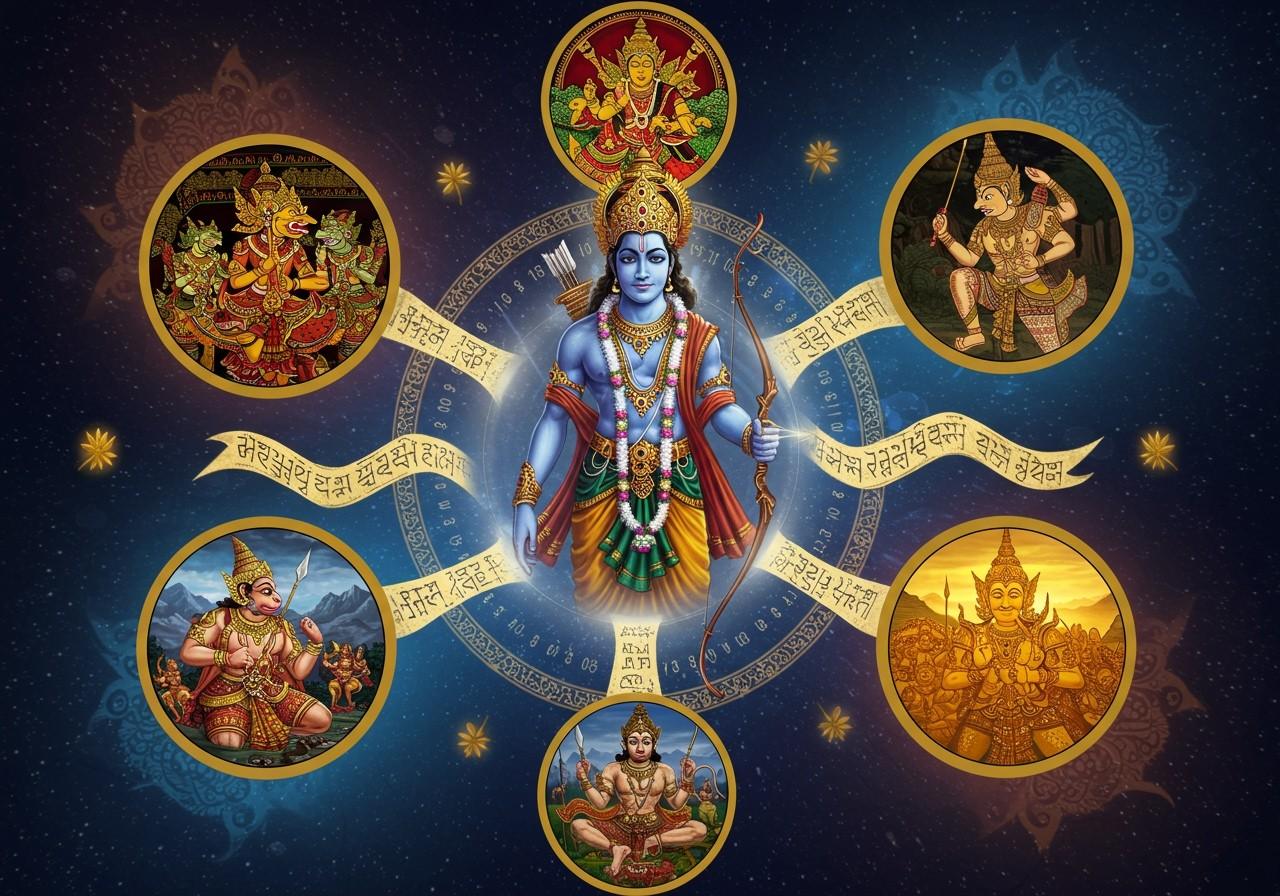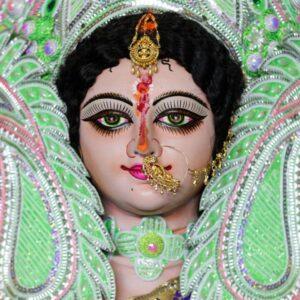
The Ramayana, a cornerstone of Indian culture and spirituality, is an ancient epic traditionally attributed to the sage Valmiki. This timeless tale holds immense significance in literature, mythology, art, and religious practices, remaining remarkably relevant even in contemporary times. The epic has been adapted and retold countless times across diverse regions, languages, and artistic mediums.
The Original Ramayana and its Many Forms
The oldest and most authoritative version is the Valmiki Ramayana, composed in Sanskrit. This version, with its seven Kandas (books) and approximately 24,000 verses, narrates the life of Rama, Sita, Lakshmana, Hanuman, and Ravana, laying the foundation for all subsequent adaptations. Scholars widely acknowledge its authenticity and historical importance.
However, the Ramayana’s influence has led to a rich tapestry of versions. There are around three hundred different versions of the epic, each offering a unique perspective. Notable English renditions include C. Rajagopalachari’s “Ramayana,” praised for its accessible perspective. Additionally, the Jain version, titled Paumachariya, presents a distinct portrayal of Rama as a follower of non-violence.
Among the many adaptations across cultures and languages, some prominent versions include:
- Ramcharitmanas by Tulsidas: Written in Awadhi, this version enjoys immense popularity in North India, known for its devotional and poetic retelling of the epic narrative. It’s a cherished text for many, offering a different lens through which to understand the story.
- Kamba Ramayanam by Kambar: This Tamil version stands as a significant literary work, deeply embedded in Tamil culture and traditions. It provides valuable insights into the regional interpretations of the epic.
- Krittivasi Ramayan by Krittibas Ojha: This Bengali adaptation offers another regional perspective, enriching the diverse tapestry of Ramayana interpretations. It’s a testament to the epic’s widespread influence.
- Telugu Ranganatha Ramayanam: This Telugu rendition adds to the rich collection of Ramayana adaptations, showcasing the epic’s impact on Telugu culture and literature.
- Kannada Kumudendu Ramayana: This version contributes to the diverse interpretations of the epic, reflecting the cultural nuances of the Kannada-speaking region.
Choosing Your Ramayana
The “best” version depends on individual preferences and interests. Here’s a guide:
- For the original text and historical context: The Valmiki Ramayana offers the purest form of the epic.
- For devotional and poetic interpretations: The Ramcharitmanas provides a spiritually enriching experience.
- For literary richness and Tamil cultural elements: The Kamba Ramayanam offers a unique regional perspective.
Modern retellings by authors like R.K. Narayan and Ashok Banker provide contemporary perspectives, making the epic accessible to modern readers. Each version holds its own merit and caters to different tastes.
The Ramayana in the Modern World
The epic’s enduring appeal extends to various modern formats:
- TV Series: Ramanand Sagar’s “Ramayan” captivated millions, becoming a cultural phenomenon. The series brought the epic into homes across the country.
- Films: Bollywood movies like “Ramayana: The Legend of Prince Rama” offer visual interpretations of the epic. Animated films and other cinematic adaptations cater to different audiences.
- Graphic Novels and Children’s Books: These formats introduce the epic to younger generations, ensuring its continued relevance. Simplified narratives and engaging visuals make the story accessible to children.
The Ramayana’s influence transcends geographical boundaries, inspiring international literature and art.
Cultural and Religious Significance
The Ramayana’s impact on Indian culture and religious practices is profound:
- Festivals: Diwali, the festival of lights, celebrates Rama’s return to Ayodhya. The festival is deeply intertwined with the Ramayana narrative.
- Ramlila Performances: Dramatic reenactments of the epic, particularly popular in North India, bring the story to life during the festive season. These performances are a vibrant expression of cultural heritage.
- Teachings on Dharma: The epic’s emphasis on righteousness, duty, and moral values continues to shape ethical principles in society. The Ramayana serves as a guide for ethical conduct.
- Art and Music: The Ramayana inspires countless forms of artistic expression, from traditional paintings and sculptures to contemporary music and dance. The epic’s narrative provides a rich source of inspiration for artists.
Connect with the Ramayana through Poojn.in
Poojn.in, India’s leading cultural goods and services store, offers a wide range of products to enhance your connection with the Ramayana. Explore our collection:
- Ram Darbar Murtis: Bring the divine presence of Rama, Sita, Lakshmana, and Hanuman into your home with beautifully crafted idols.
- Ramayana Scriptures: Delve deeper into the epic with authentic texts, including the Valmiki Ramayana and other versions.
- Puja Essentials: Find all the necessary items for your daily puja rituals, including incense, diyas, and flowers.
Conclusion
The Ramayana, a timeless masterpiece, continues to inspire and resonate across generations. Whether you choose the classic Valmiki version or a regional adaptation, the epic offers profound wisdom and cultural richness. Embrace its teachings, celebrate its stories, and let the Ramayana enrich your life.

